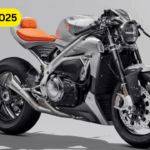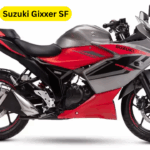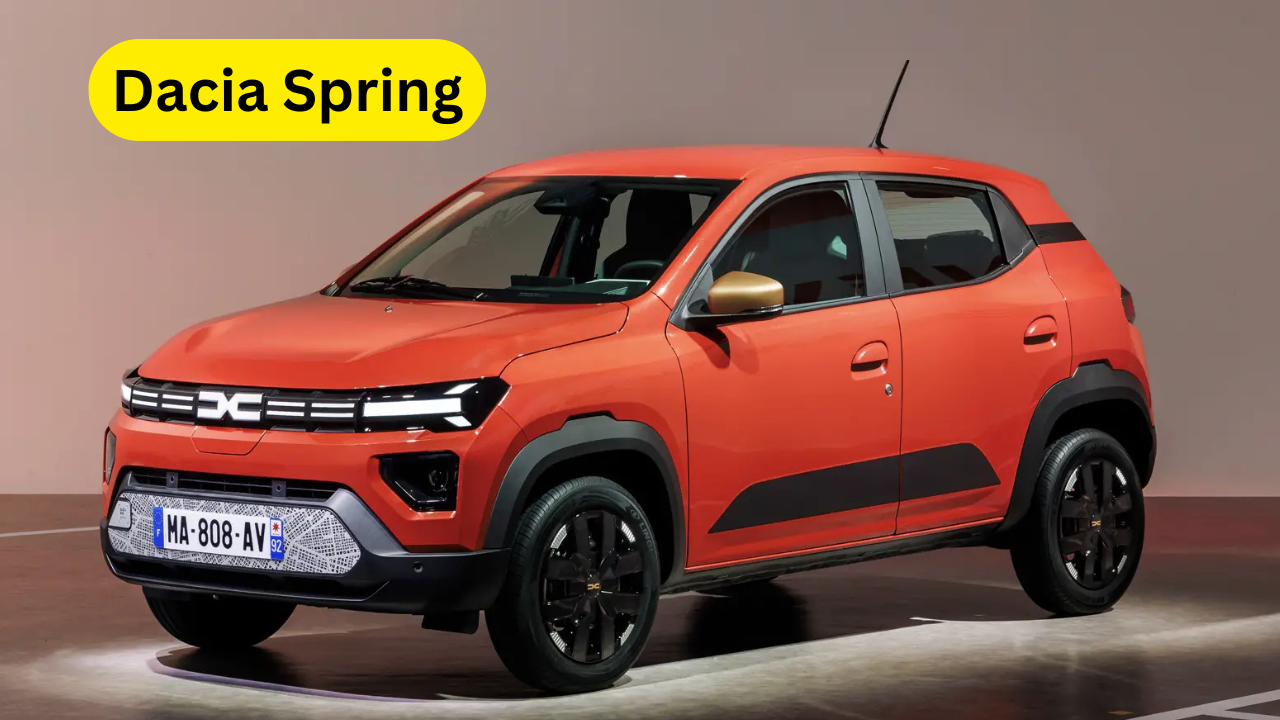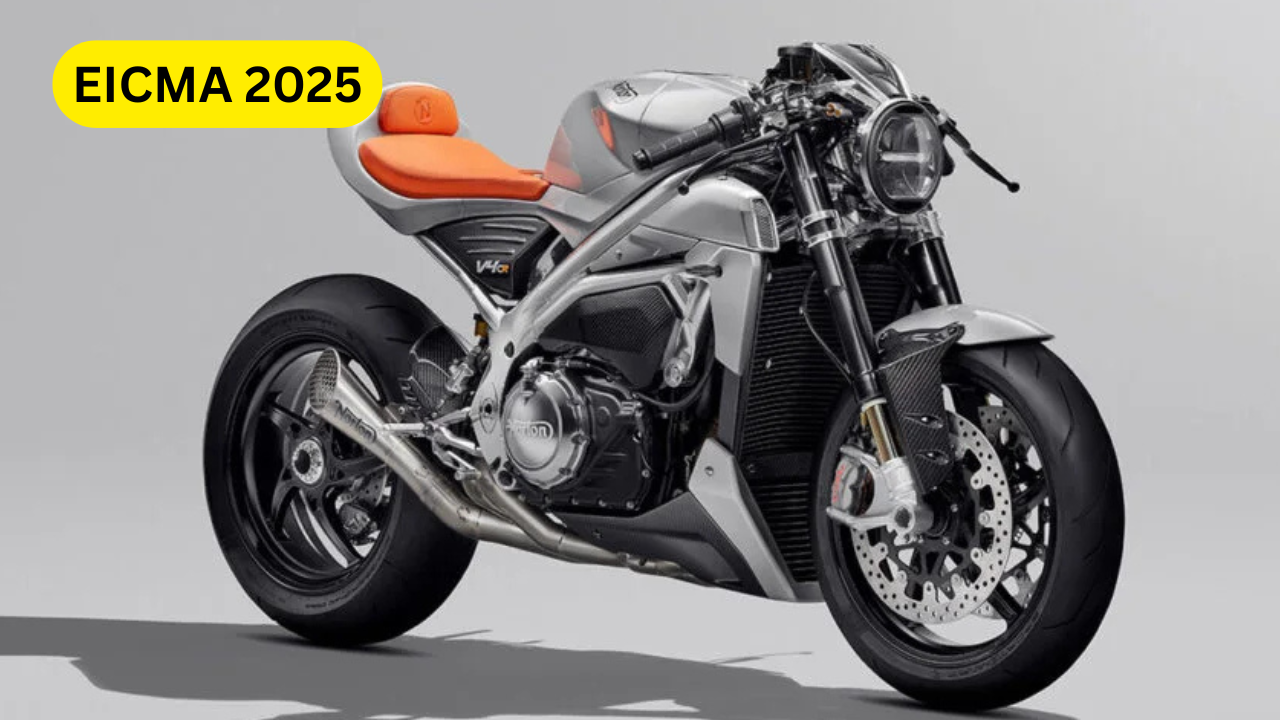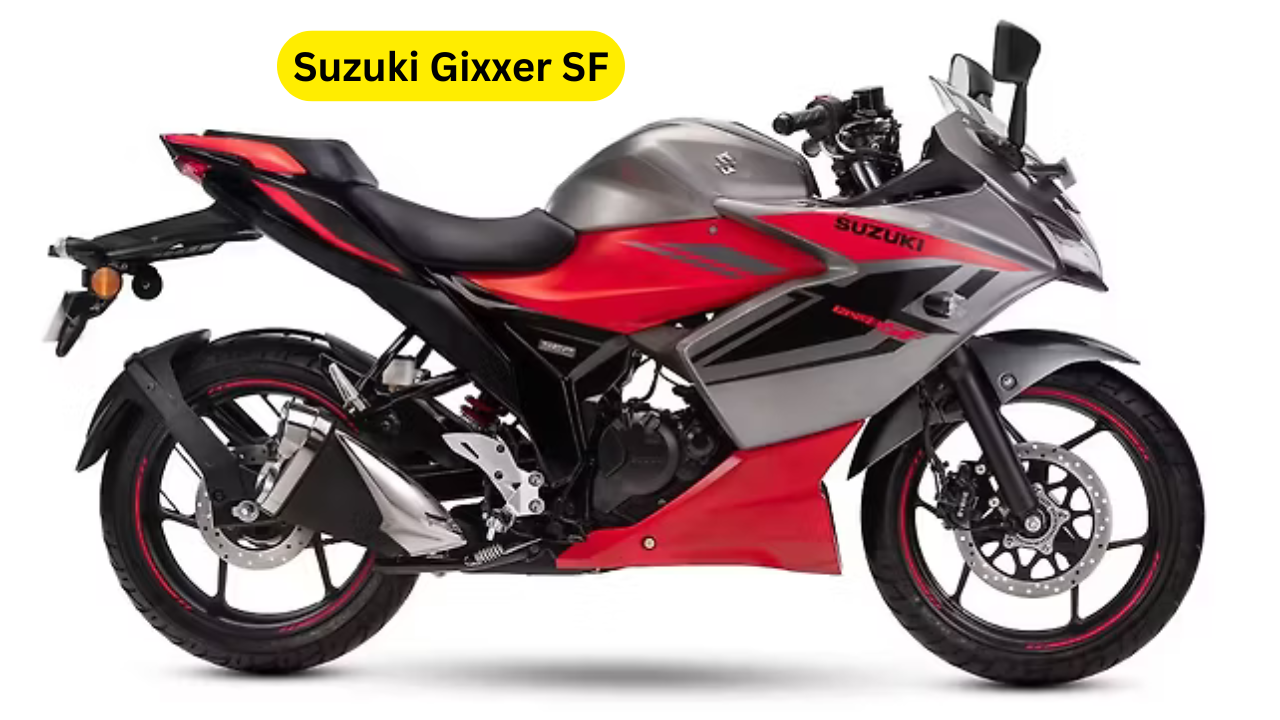Dacia Spring: The automotive world is packed with electric vehicles that are fast, powerful, and tech-heavy—but that often comes at the cost of affordability and simplicity. Enter the Dacia Spring, a car that dares to be different. It stands out not because of its horsepower or advanced tech, but because it delivers clean, eco-friendly mobility at a price regular people can afford. It’s not flashy. It doesn’t shout. But it delivers on what truly matters—functionality, low running costs, and real-world usability.
Where many EVs are heavy and complex, the Dacia Spring EV is light and efficient. Dacia has proven that an electric car doesn’t have to weigh more than its petrol sibling. This small yet practical car weighs just around 970 kg, which is extraordinary in the EV world. It’s made for city life—easy to park, simple to drive, and remarkably efficient. For first-time EV buyers or those who just want a no-fuss urban vehicle, the Spring is a great starting point.
What makes the Dacia Spring electric car so special is its honesty. There’s no over-engineering or gimmick-laden dashboard. Instead, you get what you really need—basic features, decent performance, and great value for money. It’s the most affordable electric car in Europe, and as Dacia plans to bring it to new markets, it could be a game-changer in the global affordable EV scene.
Specifications of Dacia Spring
| Specification | Details |
|---|---|
| Powertrain | Electric motor (33 kW / 44 hp) |
| Battery Capacity | 26.8 kWh Lithium-Ion |
| Range (WLTP) | Up to 230 km |
| Charging Time | ~13 hours (AC) / <1 hour (DC) |
| Top Speed | 125 km/h |
| Acceleration (0-100) | Around 19 seconds |
| Curb Weight | 970 kg |
| Drivetrain | Front-wheel drive |
| Boot Capacity | 290 litres (620 with seats down) |
Features of the Dacia Spring
- Compact Design: Perfect for tightcity streets and easy parking.
- Low Running Costs: Extremely economical for daily driving.
- Infotainment System: Optional 7-inch touchscreen with Android Auto & Apple CarPlay.
- Safety Features: Includes rear parking sensors, emergency braking assist, and 6 airbags.
- Lightweight Build: One of the lightest EVs on the market.
Also read: Citroen e-SpaceTourer Long-Term Review – The Ultimate Electric Family Road-Trip Companion
Performance and Efficiency
The Dacia Spring is not about blistering speed—it’s about reliability and economy. Its 44 horsepower motor delivers just enough oomph to get you comfortably around town. Acceleration is modest, but for city dwellers, that’s rarely a problem. Its 230 km range (under WLTP cycle) is more than enough for daily commutes and weekend errands.
More importantly, thanks to its lightweight chassis, the Spring offers excellent efficiency. Unlike most EVs that require large batteries to lug around their weight, the Spring achieves a real-world range without going overboard on size or cost.
Design: Simple, Yet Smart
While it’s based on a budget platform, the Dacia Spring’s design is modern and functional. It’s a compact SUV with raised ground clearance and roof rails, giving it a rugged urban crossover vibe. The front end features a closed grille with sleek LED daytime lights, while the interior is basic but comfortable, with space for four adults.
Despite its small size, the boot is surprisingly spacious. Fold down the rear seats and you get up to 620 litres of luggage room—more than enough for city shopping or short road trips.
Price Details and Launch Information
Dacia has built the Spring around a single goal—to be the most affordable EV. In Europe, the Spring starts at around €16,800 before incentives. In markets with EV subsidies, the price can drop to under €12,000, making it cheaper than many petrol-powered cars.
Expected India Launch
While Dacia hasn’t officially confirmed an India launch, Renault (its parent company) is exploring the possibility. If launched in India, expect pricing to start around ₹7.5 – ₹9 lakh, which would make it the cheapest EV in India.
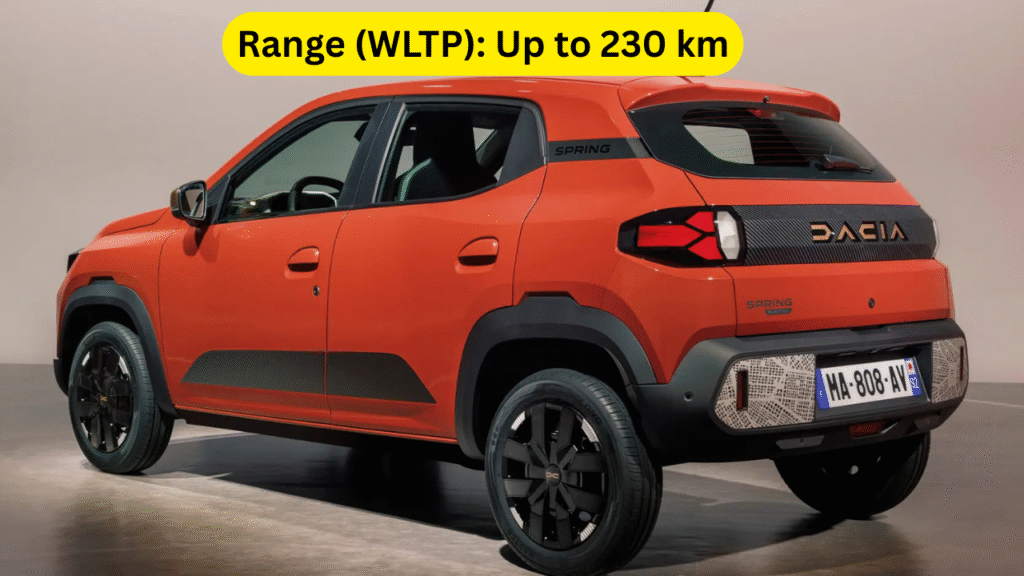
Why the Dacia Spring Matters
In a world where EVs are getting bigger, heavier, and more complex, the Dacia Spring is a breath of fresh air. It focuses on affordability, efficiency, and simplicity—and succeeds. It’s ideal for students, young professionals, and city dwellers who want to adopt electric mobility without breaking the bank.
If Dacia can bring the Spring to more global markets, it could help accelerate EV adoption among budget-conscious drivers. It’s not just a good EV—it’s a good car. And that’s what makes it truly special.
Dacia Spring Conclusion
The Dacia Spring EV proves that an electric future doesn’t have to be expensive or overly engineered. It stands out in a market dominated by premium and heavy vehicles, delivering just what everyday users need—clean mobility at a low cost. With low ownership costs, respectable range, and honest design, it’s a car that makes electric driving accessible to the masses.
Dacia has done something bold by focusing on simplicity over luxury, and the result is a product that can truly democratize electric mobility. The Spring isn’t for everyone—but for many, it may be just right. Whether you’re new to EVs or looking for a reliable second car, the Dacia Spring deserves serious consideration.
Dacia Spring FAQs
1. Is the Dacia Spring the cheapest EV in Europe?
Yes, the Dacia Spring is currently Europe’s most affordable electric car, with a starting price under €17,000. With government incentives, the price can fall even further in many countries.
2. What is the real-world range of the Dacia Spring?
In real-world conditions, the Spring typically offers around 180 to 200 km per charge, depending on driving habits and weather. This makes it ideal for city driving and short commutes.
3. Will the Dacia Spring come to India?
While not confirmed, Renault is exploring the idea of bringing Dacia or similar affordable EVs to the Indian market. If launched, the Spring could become India’s most affordable electric vehicle.
4. How fast can the Dacia Spring charge?
The Dacia Spring supports DC fast charging, and can charge from 0 to 80% in less than 1 hour. On a regular home socket, a full charge takes about 13 hours.

I am and writer of Bwna.in. Here I personally publish every update, review and technology news related to mobile, car, bike, read more for you – that too in easy language.

